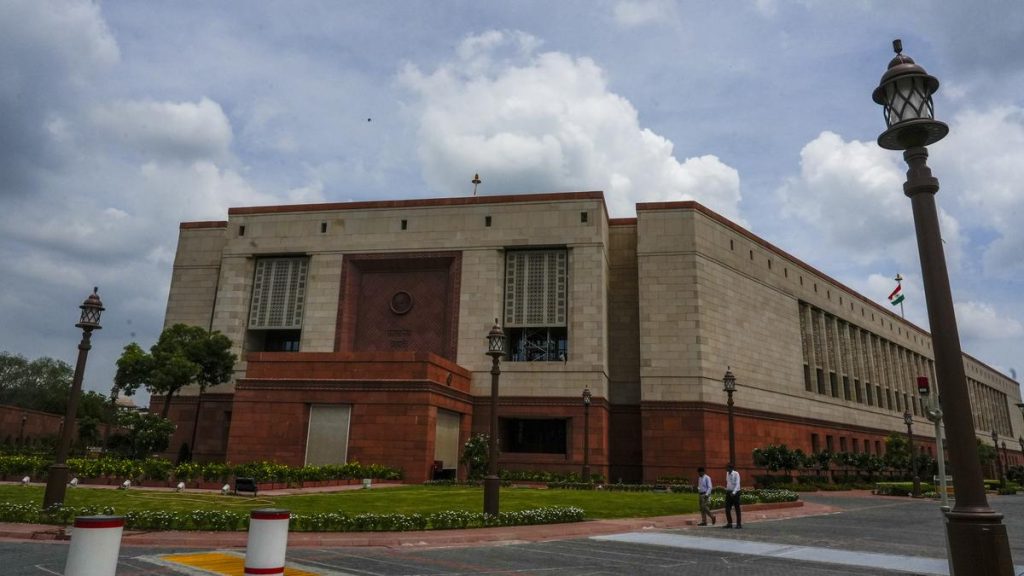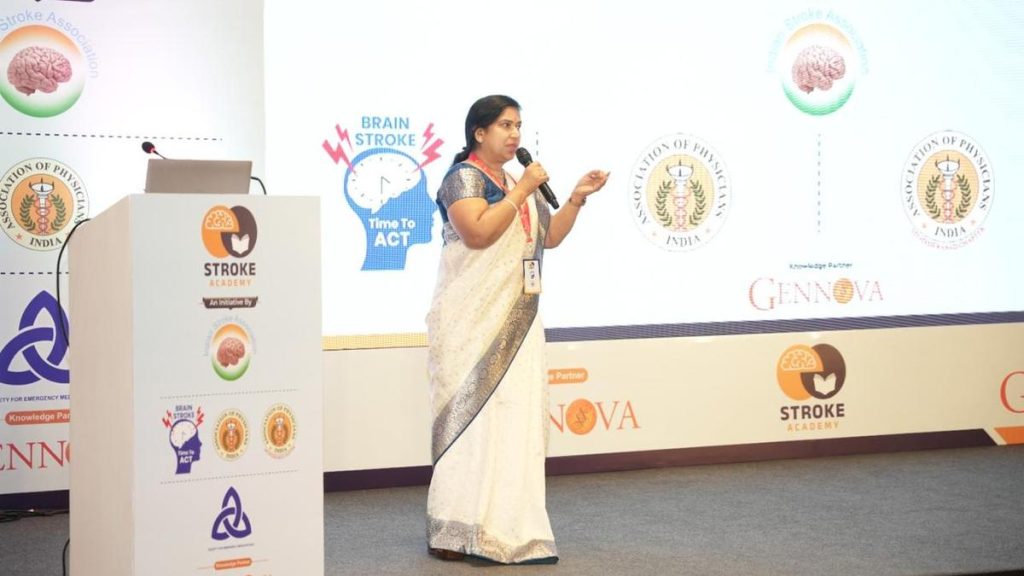Now Reading: The Strangers We Know’ Exhibition Explores Family Disconnect
-
01
The Strangers We Know’ Exhibition Explores Family Disconnect
The Strangers We Know’ Exhibition Explores Family Disconnect

Speedy Summary
- The Strangers we Know art exhibition is being held at Neighbour Gallery in Kesavadasapuram, Thiruvananthapuram, until May 31. Entry is free.
- The exhibit is divided between works of two artists: Chennai-based photographer Priyadarshini Ravichandran and Thiruvananthapuram-based artist Sanath Sugathan.
- Priyadarshini’s Surge features monochrome pigment-printed photographs taken during a workshop in Cambodia,symbolizing estranged familial connections using portraits of strangers and landscapes. It includes an accordion photobook and two large pictures displayed on a wall.
- Her documentary Paattu Class captures music lessons between her mother and her mother’s aunt over 10 years to explore their unique bond; shot on handycams, DSLRs, and phones. Priyadarshini has won the Parasol prize by V&A Museum for women photographers.
- Sanath’s exhibits include acrylic paintings like Does It Still Hurt to Step on Broken Glass in The Sand?, sculptures like Three scenes of a Landscape, sketches wrapped around gallery pillars, archival books, Gouache paintings on Chinese paper, and installations such as Family Tree-a cactus etched with familial names inspired by his childhood memories.
- Sanath’s works explore themes of tenderness within relationships-metaphorically represented thru glass shards or concepts like “spacious togetherness” drawn from everyday observations.
Indian Opinion Analysis
This dual exhibition reflects deep introspection over personal relationships framed through artistic mediums while addressing broader ideas surrounding family dynamics and human connection with strangers or nature itself.Priyadarshini’s poignant exploration of estrangement through photography highlights how art can serve as an outlet for emotional reconciliation beyond spoken language-an expression notably relevant given increasing global conversations around mental health within familial contexts.
Sanath’s multidimensional presentation focuses not only on emotional fragility but also inherited behavioral patterns challenging conventional perceptions about intimacy within family units-such as his sister confronting generational fears in water-a theme resonating universally across cultures where customs often condition vulnerability or resilience toward change.
as India fosters growth across cultural spaces like the neighbour gallery promoting uniting perspectives from diverse creators against stark contrasts (e.g., monochromes vs earthy tones), exhibitions such as these may contribute to building robust platforms celebrating individuality and collective healing alike via accessible representation fostering dialogue inclusively rooted yet forward-thinking artistry beyond geographical constraints.Read More
























